Find Help
More Items From Ergsy search
-
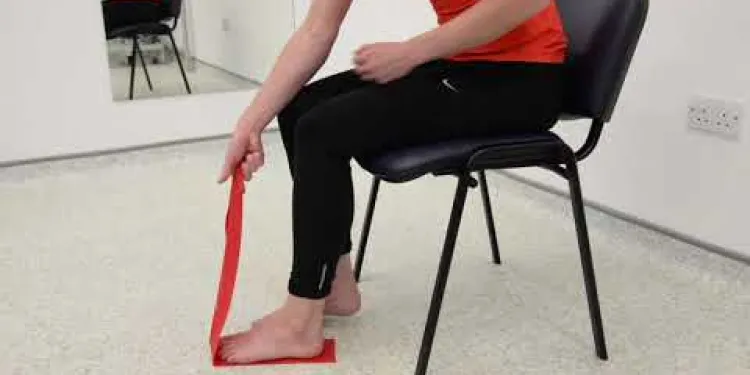
Plantar Fascia Intrinsic Theraband Strengthening Exercise
Relevance: 100%
-
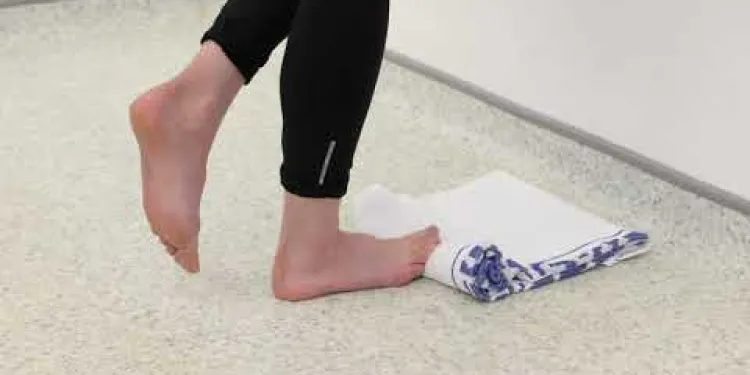
Plantar Fascia Loading Exercise (High Load Exercise)
Relevance: 48%
-
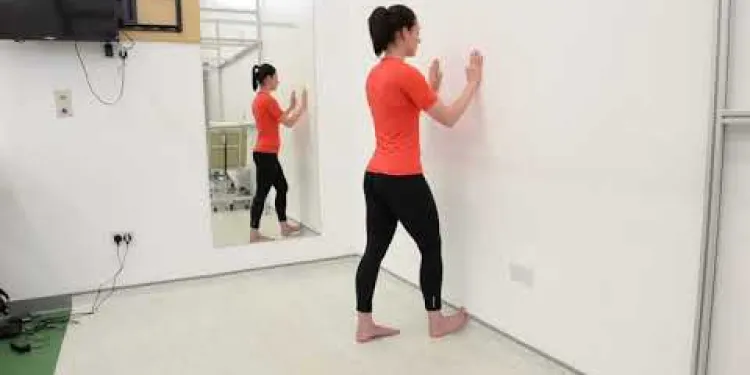
Plantar Fascia Wall Stretch
Relevance: 43%
-

Plantar Fascia Cold Therapy
Relevance: 39%
-
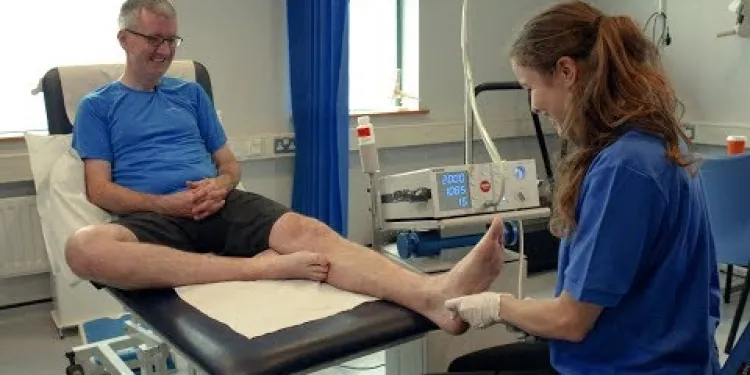
Plantar fasciitis
Relevance: 32%
-

Plantar fasciitis
Relevance: 31%
-
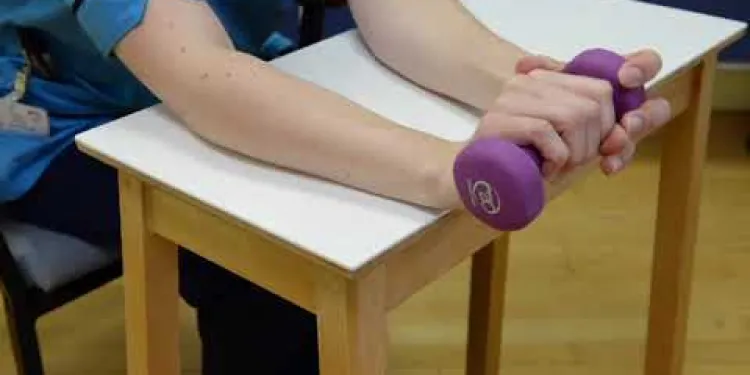
Elbow Eccentric Strengthening Exercise
Relevance: 25%
-

Heel pain | NHS
Relevance: 16%
-
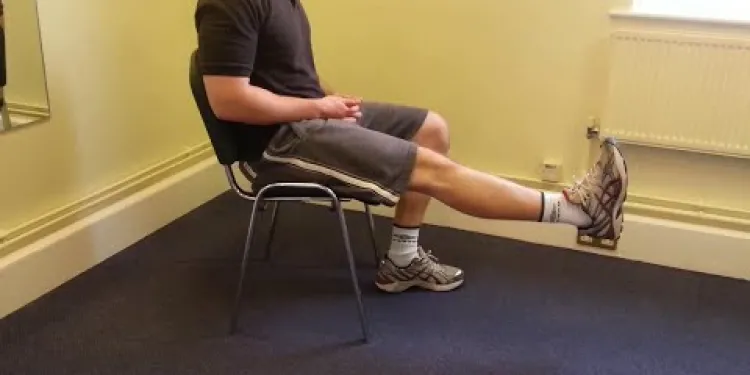
Knee Care Exercises
Relevance: 15%
-
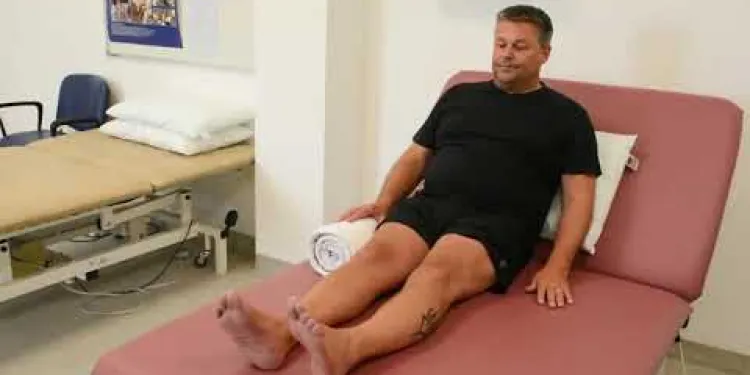
Joint School - Knee Exercises
Relevance: 14%
-

Neck Exercises
Relevance: 14%
-
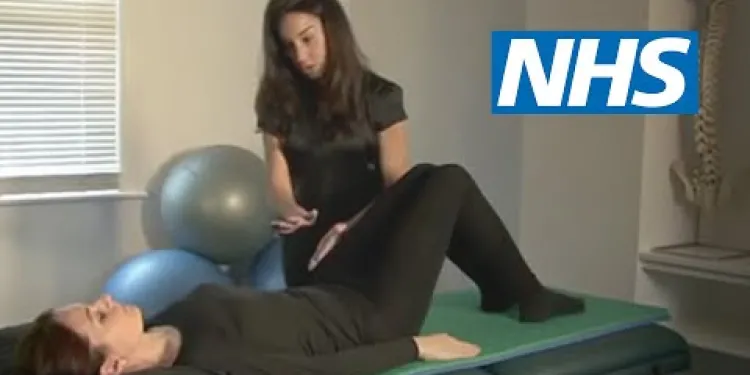
Exercises for sciatica: degenerative disc disease | NHS
Relevance: 14%
-
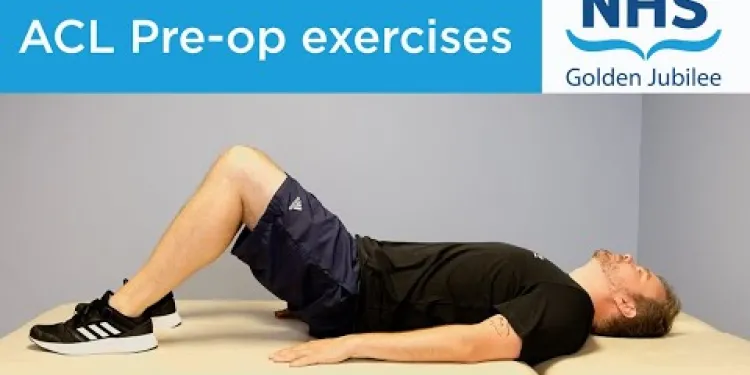
ACL pre-operation exercises
Relevance: 14%
-

Neck Exercises
Relevance: 13%
-
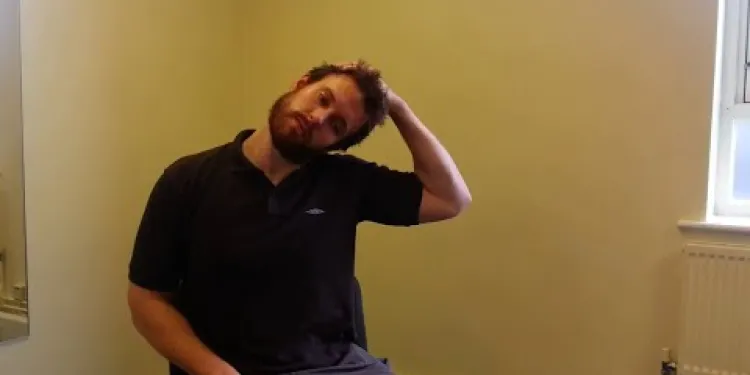
Neck Care Exercises
Relevance: 13%
-
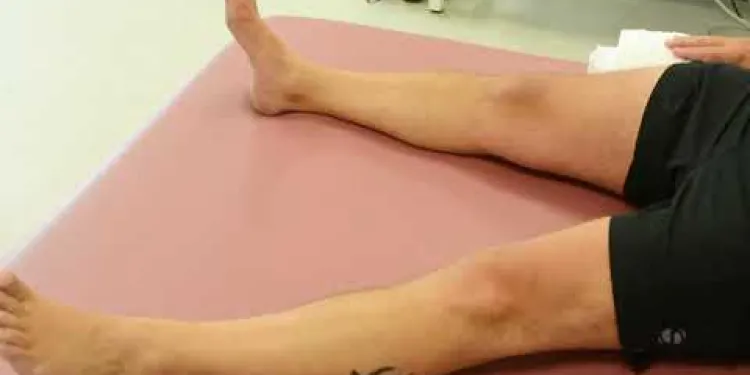
Joint School - Hip Exercises
Relevance: 13%
-
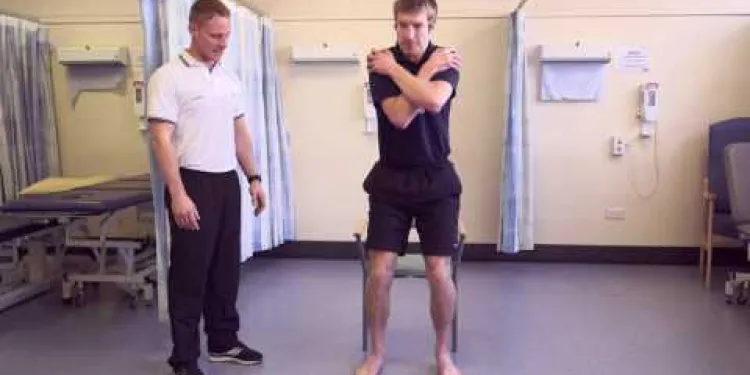
Exercises to help your lateral hip pain
Relevance: 13%
-

Shoulder Exercises 1
Relevance: 13%
-

Facial exercise programme
Relevance: 13%
-

Can exercise worsen whiplash symptoms?
Relevance: 13%
-

Can exercises help with labor preparation?
Relevance: 12%
-

Exercises for sciatica: piriformis syndrome | NHS
Relevance: 12%
-
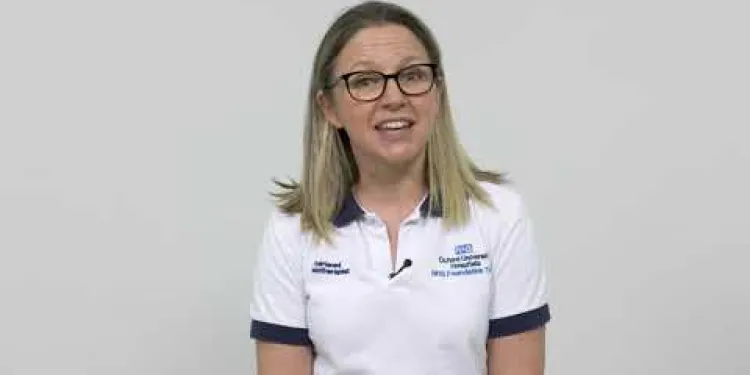
The Pelvic Floor Muscles - Developing an Exercise Programme
Relevance: 12%
-
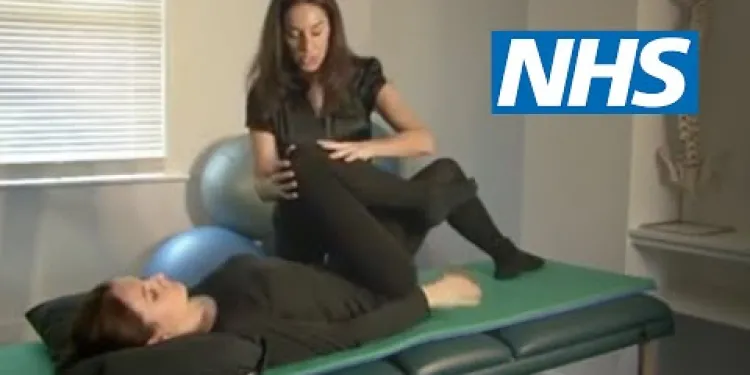
Exercises for sciatica: spinal stenosis | NHS
Relevance: 12%
-

Are there any exercises involved in air physiotherapy?
Relevance: 12%
-
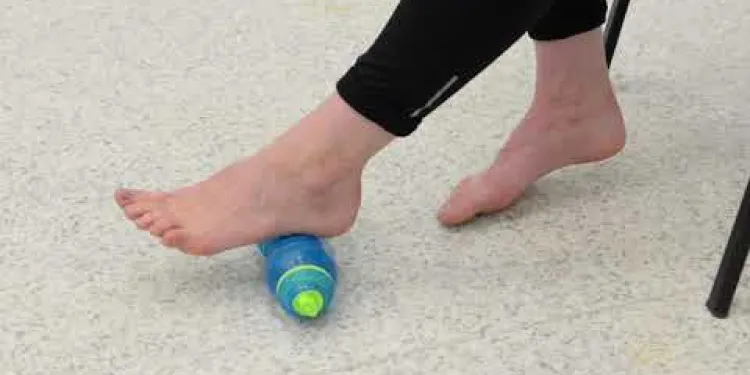
Foot Pain
Relevance: 12%
-

Can I do abdominal exercises during pregnancy?
Relevance: 12%
-

How does exercise impact heart failure?
Relevance: 12%
-
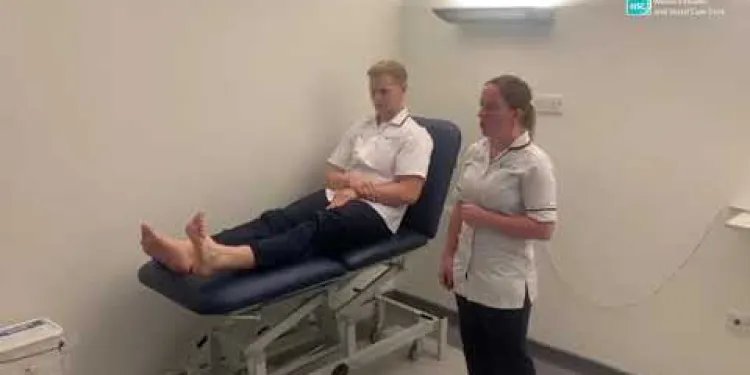
Physiotherapy Exercises following an Ankle Fracture
Relevance: 12%
-
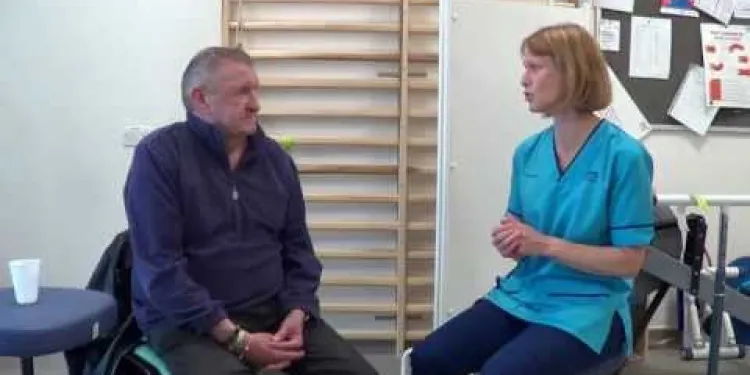
Clearing Your Chest with Breathing Exercises
Relevance: 11%
-

Will I be able to engage in physical exercise?
Relevance: 11%
-

Exercises for sciatica: herniated or slipped disc | NHS
Relevance: 11%
-
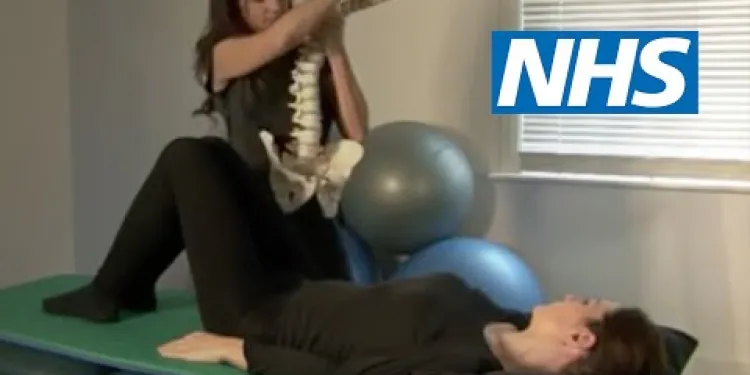
Exercises for sciatica: herniated or slipped disc | NHS
Relevance: 11%
-
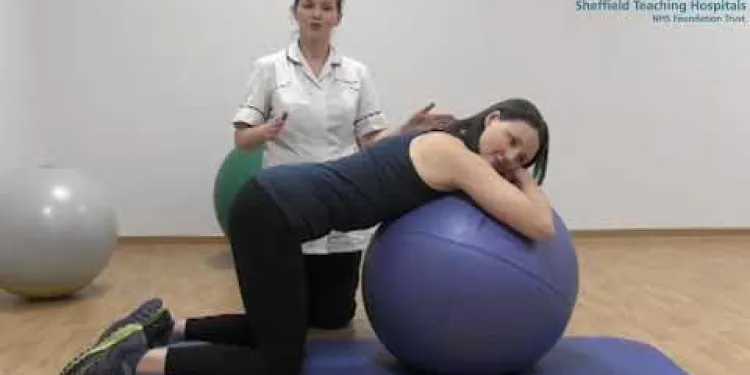
Mat and gym ball exercises with pregnancy related Pelvic Girdle Pain
Relevance: 11%
-

What exercises can I do during pregnancy?
Relevance: 11%
-

UK Banks Strengthen Security Measures Amid Rise in Online Scams
Relevance: 10%
-

Is swimming a good exercise during pregnancy?
Relevance: 10%
-

Pelvic Floor Exercises - Using Your Pelvic Floor to Calm Down Your Bladder
Relevance: 10%
-
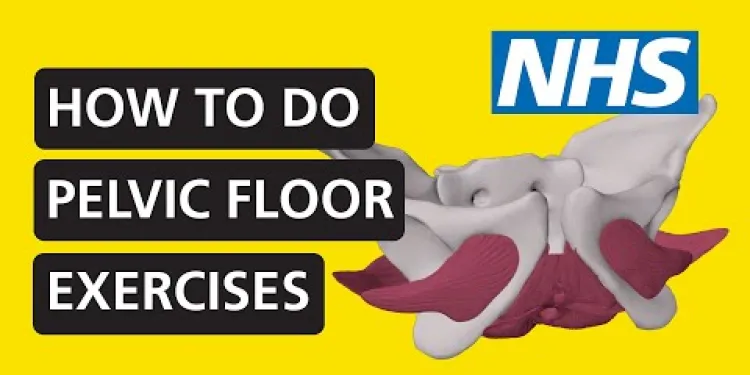
How to do pelvic floor exercises | NHS
Relevance: 10%
-

Exercise in patients with a neuropathy
Relevance: 10%
Plantar Fascia Intrinsic Theraband Strengthening Exercise
Introduction
The plantar fascia is a thick band of tissue located at the bottom of the foot, connecting the heel bone to the toes. It plays a crucial role in maintaining arch stability and absorbing shock during movement. Strengthening the intrinsic muscles of the foot can aid in reducing plantar fasciitis pain and improving overall foot health.
What is a Theraband?
A Theraband is an elastic resistance band used in a variety of physical therapy and exercise routines. It's effective for strengthening muscles, improving flexibility, and enhancing overall functional mobility. Therabands come in different resistance levels and are an excellent tool for targeting the small, stabilizing muscles of the foot.
Benefits of Intrinsic Foot Muscles Strengthening
Strengthening the intrinsic muscles of the foot helps in:
- Reducing pain and inflammation associated with plantar fasciitis
- Improving arch stability and overall foot biomechanics
- Preventing future injuries
- Enhancing balance and coordination
Step-by-Step Guide to Theraband Plantar Fascia Exercise
Preparation
Before beginning any exercise, it's essential to have the proper equipment and an appropriate space. For this exercise, you will need:
- A Theraband of suitable resistance level (start with lighter resistance and gradually increase)
- A sturdy chair or a flat surface to sit on
Exercise Steps
- Sit on a chair with your feet flat on the ground.
- Wrap the Theraband around the ball of one foot, holding the ends of the band in your hands.
- Ensure the band is taut but not overstretched.
- Slowly point your toes away from you, stretching the band, and then return to the starting position.
- Repeat this movement 10-15 times for each foot.
Conclusion
Practicing Theraband strengthening exercises consistently can significantly improve the strength and flexibility of the intrinsic foot muscles. For those in the UK experiencing plantar fasciitis or related foot pain, incorporating these exercises into a regular routine may offer substantial relief and promote long-term foot health. Always consult a healthcare professional before starting any new exercise program.
Plantar Fascia Theraband Exercise
Introduction
The plantar fascia is a strong piece of tissue under your foot. It connects your heel to your toes. It helps keep your foot's arch stable and absorbs shock when you move. Making the muscles in your foot stronger can help reduce pain and keep your feet healthy.
What is a Theraband?
A Theraband is a stretchy band used for exercise. It helps make your muscles strong and your body flexible. Therabands come in different levels of stretchiness. They are great for working on the small muscles in your foot.
Benefits of Strengthening Foot Muscles
Making the muscles in your foot stronger helps with:
- Reducing pain and swelling in your foot
- Keeping your foot's arch steady
- Stopping new injuries
- Improving balance
How to Do the Theraband Exercise
Getting Ready
Before you start, get what you need for the exercise:
- A Theraband (start with a band that stretches easily)
- A strong chair or something flat to sit on
Exercise Steps
- Sit on a chair and place your feet flat on the floor.
- Wrap the Theraband around the ball of one foot. Hold the ends in your hands.
- Make sure the band is tight but not too stretched.
- Point your toes away from you, stretching the band, then go back to where you started.
- Do this 10-15 times for each foot.
Conclusion
Doing exercises with the Theraband often can help your foot muscles become stronger and more flexible. If you have foot pain, these exercises can help make it better. Always talk to a healthcare professional before starting a new exercise routine.
Frequently Asked Questions
What is Plantar Fascia Intrinsic Strengthening?
Plantar Fascia Intrinsic Strengthening involves exercises aimed at strengthening the intrinsic muscles that support the arch of the foot and the plantar fascia, aiding in the prevention and treatment of conditions like plantar fasciitis.
Why should I use a Theraband for these exercises?
A Theraband adds resistance, making the exercises more effective at strengthening the muscles around the plantar fascia and improving overall foot stability.
Can these exercises help with plantar fasciitis?
Yes, strengthening the intrinsic foot muscles can alleviate strain on the plantar fascia, helping to reduce pain and heal plantar fasciitis over time.
What type of Theraband should I use?
You can use any resistance level that challenges your muscles without causing undue strain. Start with a light or medium resistance band and progress as your strength improves.
How often should I perform these exercises?
It is generally recommended to perform these exercises 3-4 times a week. However, it’s important to listen to your body and consult with a healthcare professional if necessary.
Are these exercises suitable for everyone?
While many people can benefit from these exercises, individuals with certain conditions or severe foot pain should consult a healthcare provider before beginning any new exercise regimen.
How long will it take to see results?
Consistency is key. Many people start to notice improvements in foot strength and reduction in pain within a few weeks of regular exercise.
Do I need any special equipment?
Besides a Theraband, you do not need any special equipment. A mat or comfortable surface to sit on can also be beneficial.
Can I do these exercises if I have flat feet?
Yes, strengthening intrinsic foot muscles can be particularly beneficial for individuals with flat feet by helping to support the arch and improve foot mechanics.
Can children do these exercises?
Children can do these exercises but should use a lower resistance band and perform the exercises under adult supervision to ensure proper form and avoid injury.
Can I do these exercises while standing?
Some Theraband exercises can be adapted to a standing position, but many are traditionally performed while seated to maintain control and form.
Is it normal to feel soreness after these exercises?
Mild soreness can be normal as your muscles adapt to the exercises. However, if you experience significant pain, you should stop and consult a healthcare provider.
Can these exercises prevent future foot injuries?
Strengthening the intrinsic foot muscles can enhance foot stability and mechanics, potentially reducing the risk of future foot injuries.
What are some examples of Theraband exercises for plantar fascia strengthening?
Examples include Theraband Toe Flexion, Theraband Ankle Inversion/Eversion, and Theraband Arch Lift.
Should I warm up before doing these exercises?
Yes, a gentle warm-up like walking or toe curls can help prepare your feet for exercise and reduce the risk of injury.
What is Plantar Fascia Intrinsic Strengthening?
Plantar Fascia Intrinsic Strengthening is a way to make the bottom of your foot stronger. This can help your foot feel better and hurt less.
The plantar fascia is a thick band on the bottom of your foot. Sometimes it can hurt or feel tight.
Doing exercises can make the plantar fascia stronger. This can stop the pain and help your foot move better.
You can use helpful tools like soft balls, towels, or stretchy bands to do these exercises.
Plantar Fascia Intrinsic Strengthening is about doing exercises to make the small muscles in your foot stronger. These muscles help support the arch of your foot and the plantar fascia. This can help stop and treat foot pain like plantar fasciitis.
Helpful tools or techniques: You can use videos and apps that show you how to do the exercises. An online tool like a foot exercise app can be fun and easy to use. A physical therapist can also show you how to do the exercises correctly.
Why use a Theraband for these exercises?
A Theraband is a stretchy band.
It helps make your muscles strong.
It is light and easy to carry.
You can use it at home or anywhere!
If you need help, ask a friend or an adult.
A Theraband is a stretchy band that helps make exercises harder. This helps your muscles get stronger, especially around the plantar fascia, which is a band at the bottom of your foot. This makes your foot more stable and balanced.
Do these exercises help with foot pain?
Yes, making your foot muscles stronger can help. It can take pressure off the plantar fascia, which can help reduce pain and make plantar fasciitis better over time.
Which Theraband Should I Use?
Therabands are stretch bands to help exercise and get stronger.
They come in different colors. Each color is a different strength. Some bands are easy to stretch, and others are harder. Start with a band that is easy for you. Then you can try a harder one.
Ask a grown-up or a coach for help. They can show you how to use the band safely. You can also watch videos online to learn how to use the band.
Always be careful and listen to your body. If it hurts, stop and rest.
You can use any resistance band that makes your muscles work hard but does not hurt you. Start with a light or medium band. As you get stronger, you can use a harder band.
How many times should I do these exercises?
Try to do these exercises 3 to 4 times each week. But always listen to your body. If you are not sure, ask a doctor for help.
Can everyone do these exercises?
These exercises can help lots of people. But if your feet hurt a lot or you have certain health problems, talk to a doctor before starting new exercises.
When will I see results?
You might wonder when you will see changes.
Everyone is different, so it can take different times for people.
Here are some tips that can help:
- Be patient and give it some time.
- Use a calendar to mark progress every week.
- Ask someone to help you follow your steps.
Remember, changes don't happen overnight!
Doing something regularly is very important. Many people start feeling stronger in their feet and have less pain after just a few weeks of doing exercises often.
Do I need any special tools?
You don't need any special stuff, just a Theraband. It's a stretchy band for exercise.
A mat or something soft to sit on is also nice to have.
This will help you feel comfy.
Can I do these exercises if I have flat feet?
Do you have flat feet and want to know if you can do these exercises? Yes, you can! Here are some tips to help you:
- Wear comfy shoes with good support.
- Start slowly and listen to your body.
- Use soft mats when you exercise.
If you feel pain, stop and rest. It's always a good idea to talk to a doctor or physiotherapist. They can give you more help and support.
Yes, making the small muscles in your feet stronger can help people with flat feet. It can support the foot's arch and help your feet work better.
Can kids do these exercises?
These exercises are safe for kids to try. Kids might find them fun and easy!
It's a good idea to have an adult nearby to help and keep it safe.
Here are some tips to make exercises easier:
- Start slow and learn step by step.
- Take breaks when needed.
- Use videos or pictures to see how to do the exercises.
Ask for help if you need it, and have fun while doing the exercises!
Kids can do these exercises. They should use a band that is not too strong. An adult should watch them to make sure they do it right and don't get hurt.
Can I do these exercises when I am standing up?
Yes, you can do these exercises when you are standing up. It's safe and good for you.
Here are some tips to help you:
- Use a chair or the wall for support if you need balance.
- Wear comfortable shoes to keep your feet safe.
- Start slow and stop if you feel pain.
You can do some Theraband exercises while standing. But most people prefer to do them sitting down. This helps you do the exercises better.
Here are some tips to help:
- Use a chair with a back for support.
- Make sure your feet are flat on the floor.
- Go slow and steady to keep good form.
Is it normal to feel sore after these exercises?
It's okay for your muscles to feel a little sore after exercise. This is normal. But if you feel a lot of pain, you should stop exercising and talk to a doctor.
Can these exercises stop foot injuries from happening later?
Making your foot muscles stronger can help keep your feet steady and working well. This might stop you from getting hurt in the future.
What exercises can you do with Theraband to make your feet strong?
Here are some easy exercises with a stretchy band to help your feet:
- Toe Pull: Sit down and put the band around your toes. Pull your toes back and forth.
- Foot Stretch: Place the band under your foot. Pull the band up and push your foot down.
- Feet Spread: Wrap the band around your feet. Push your feet out to the sides.
You can ask an adult to help you if you need it. Try counting to 10 for each exercise!
Here are some exercises you can do:
- Theraband Toe Flexion: You use a stretchy band to help make your toes strong.
- Theraband Ankle Inversion/Eversion: You move your ankle side to side with a stretchy band.
- Theraband Arch Lift: You lift your foot arch up with help from a stretchy band.
Using a stretchy band, like a Theraband, can make these exercises easier. You can also try counting out loud or using a timer to help you practice.
Do I need to warm up before these exercises?
Yes, it is good to warm up before you exercise. Warming up helps your body get ready. It can stop you from getting hurt.
Try these easy ways to warm up:
- Walk slowly for a few minutes
- Move your arms in big circles
- Do some gentle stretching
Ask someone to help you if you are not sure how to warm up. You can also watch a video for ideas.
Yes, doing a soft warm-up, like walking or curling your toes, can get your feet ready for exercise. This can help to stop any injuries.
Useful Links
- Ergsy carfully checks the information in the videos we provide here.
- Videos shown by Youtube after a video has completed, have NOT been reviewed by ERGSY.
- To view, click the arrow in centre of video.
- Most of the videos you find here will have subtitles and/or closed captions available.
- You may need to turn these on, and choose your preferred language.
- Go to the video you'd like to watch.
- If closed captions (CC) are available, settings will be visible on the bottom right of the video player.
- To turn on Captions, click settings .
- To turn off Captions, click settings again.
More Items From Ergsy search
-

Plantar Fascia Intrinsic Theraband Strengthening Exercise
Relevance: 100%
-

Plantar Fascia Loading Exercise (High Load Exercise)
Relevance: 48%
-

Plantar Fascia Wall Stretch
Relevance: 43%
-

Plantar Fascia Cold Therapy
Relevance: 39%
-

Plantar fasciitis
Relevance: 32%
-

Plantar fasciitis
Relevance: 31%
-

Elbow Eccentric Strengthening Exercise
Relevance: 25%
-

Heel pain | NHS
Relevance: 16%
-

Knee Care Exercises
Relevance: 15%
-

Joint School - Knee Exercises
Relevance: 14%
-

Neck Exercises
Relevance: 14%
-

Exercises for sciatica: degenerative disc disease | NHS
Relevance: 14%
-

ACL pre-operation exercises
Relevance: 14%
-

Neck Exercises
Relevance: 13%
-

Neck Care Exercises
Relevance: 13%
-

Joint School - Hip Exercises
Relevance: 13%
-

Exercises to help your lateral hip pain
Relevance: 13%
-

Shoulder Exercises 1
Relevance: 13%
-

Facial exercise programme
Relevance: 13%
-

Can exercise worsen whiplash symptoms?
Relevance: 13%
-

Can exercises help with labor preparation?
Relevance: 12%
-

Exercises for sciatica: piriformis syndrome | NHS
Relevance: 12%
-

The Pelvic Floor Muscles - Developing an Exercise Programme
Relevance: 12%
-

Exercises for sciatica: spinal stenosis | NHS
Relevance: 12%
-

Are there any exercises involved in air physiotherapy?
Relevance: 12%
-

Foot Pain
Relevance: 12%
-

Can I do abdominal exercises during pregnancy?
Relevance: 12%
-

How does exercise impact heart failure?
Relevance: 12%
-

Physiotherapy Exercises following an Ankle Fracture
Relevance: 12%
-

Clearing Your Chest with Breathing Exercises
Relevance: 11%
-

Will I be able to engage in physical exercise?
Relevance: 11%
-

Exercises for sciatica: herniated or slipped disc | NHS
Relevance: 11%
-

Exercises for sciatica: herniated or slipped disc | NHS
Relevance: 11%
-

Mat and gym ball exercises with pregnancy related Pelvic Girdle Pain
Relevance: 11%
-

What exercises can I do during pregnancy?
Relevance: 11%
-

UK Banks Strengthen Security Measures Amid Rise in Online Scams
Relevance: 10%
-

Is swimming a good exercise during pregnancy?
Relevance: 10%
-

Pelvic Floor Exercises - Using Your Pelvic Floor to Calm Down Your Bladder
Relevance: 10%
-

How to do pelvic floor exercises | NHS
Relevance: 10%
-

Exercise in patients with a neuropathy
Relevance: 10%


